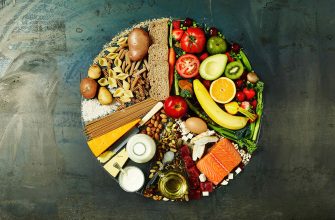More and more people are turning to plant-based diets for health, environmental, and ethical reasons. A common concern is getting enough protein from plant sources. This article will introduce you to seven of the best plant-based protein sources and provide tips on how to incorporate them into your cooking.
-
Content
Legumes: Beans, Lentils, and Chickpeas
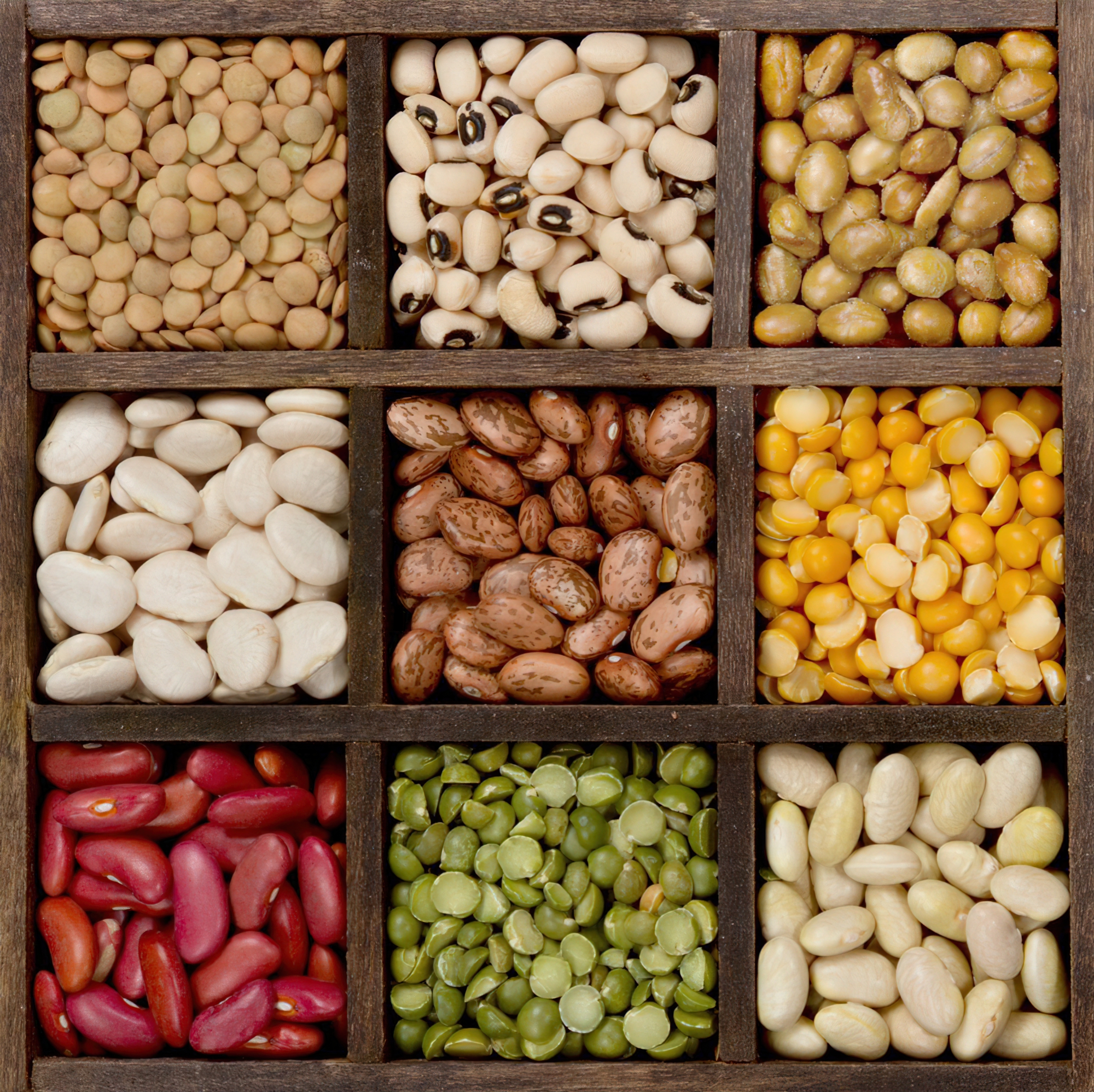
Legumes, including beans, lentils, and chickpeas, are protein powerhouses. They can be used in a variety of dishes, such as soups, salads, and veggie burgers. Try adding black beans to tacos, lentils to a hearty stew, or chickpeas to a curry for a protein-packed meal.
-
Tofu and Tempeh
Tofu and tempeh are both made from soybeans and offer a complete protein source. Tofu is versatile and can be used in savory dishes, smoothies, and desserts. For a crispy texture, try pan-frying or baking tofu. Tempeh, made from fermented soybeans, is perfect for adding to stir-fries, sandwiches, or salads.
-
Quinoa
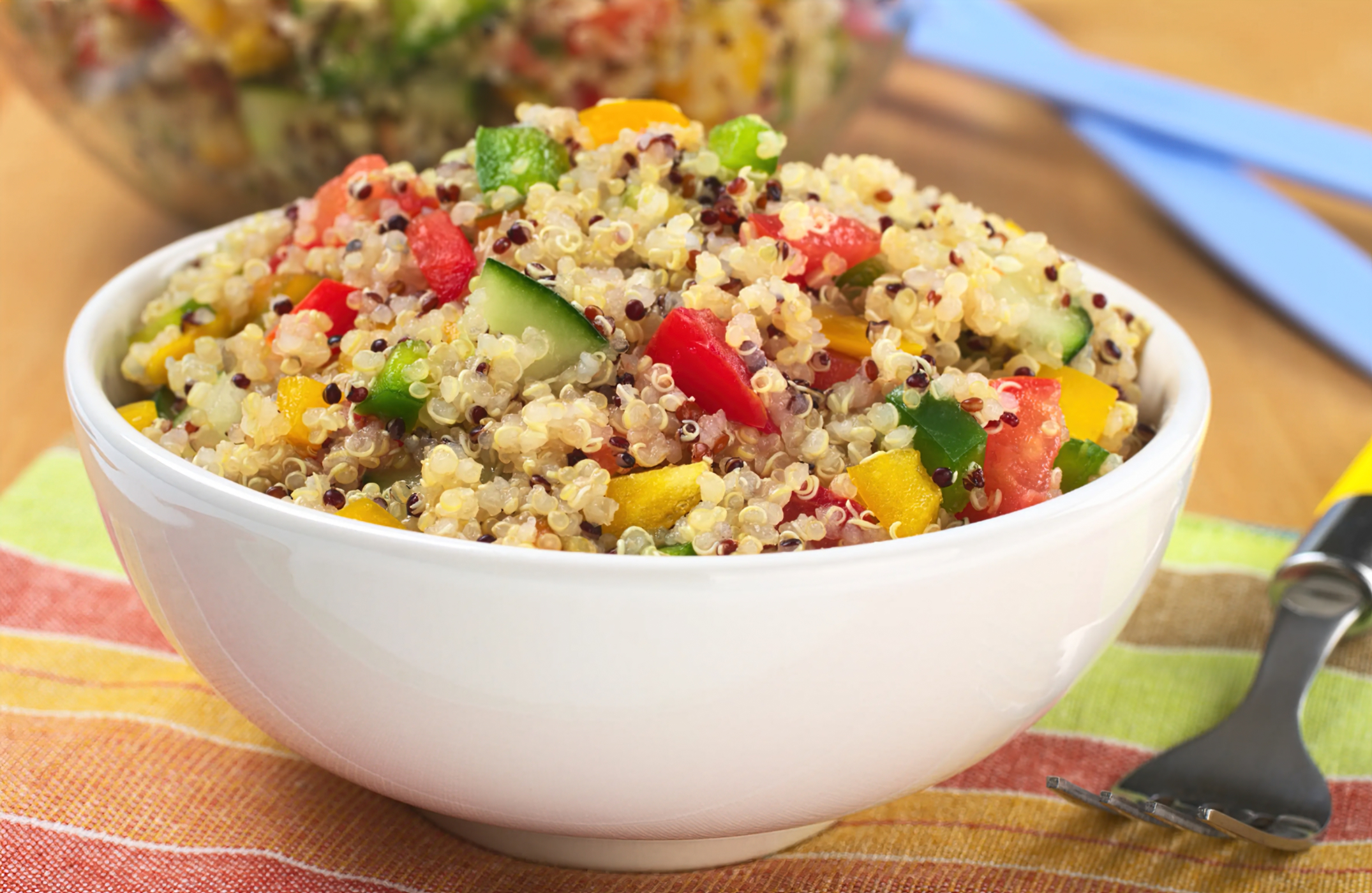
Quinoa is a complete protein and can be used in place of rice or other grains. It’s perfect for salads, veggie burgers, or as a side dish. Cook quinoa with vegetable broth for added flavor, and mix with your favorite veggies and seasonings for a satisfying meal.
-
Nuts and Seeds
Nuts and seeds are not only a great source of protein but also healthy fats and fiber. Add almonds, walnuts, or pumpkin seeds to your oatmeal, yogurt, or salads for extra crunch and protein. Nut and seed butters, like almond or sunflower seed butter, can be spread on toast or used in smoothies.
-
Edamame
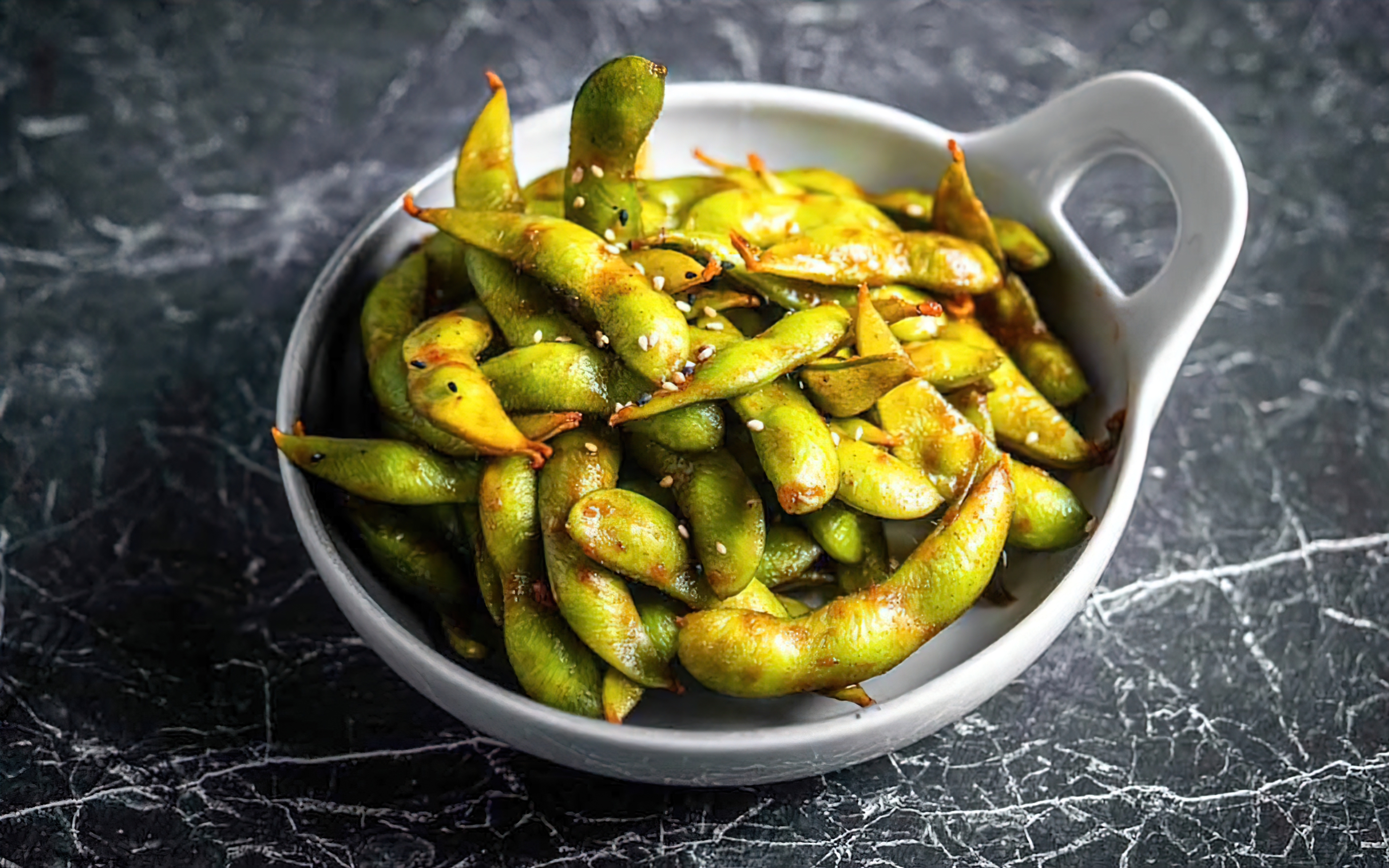
Edamame, or young soybeans, is another excellent source of plant-based protein. Enjoy them steamed as a snack, or add them to salads, stir-fries, or noodle dishes for a protein boost.
-
Seitan
Seitan, also known as wheat meat, is a high-protein food made from wheat gluten. It has a meaty texture and can be used in place of chicken, beef, or pork in recipes. Try using seitan in stir-fries, fajitas, or kebabs for a delicious plant-based alternative.
-
Green Peas
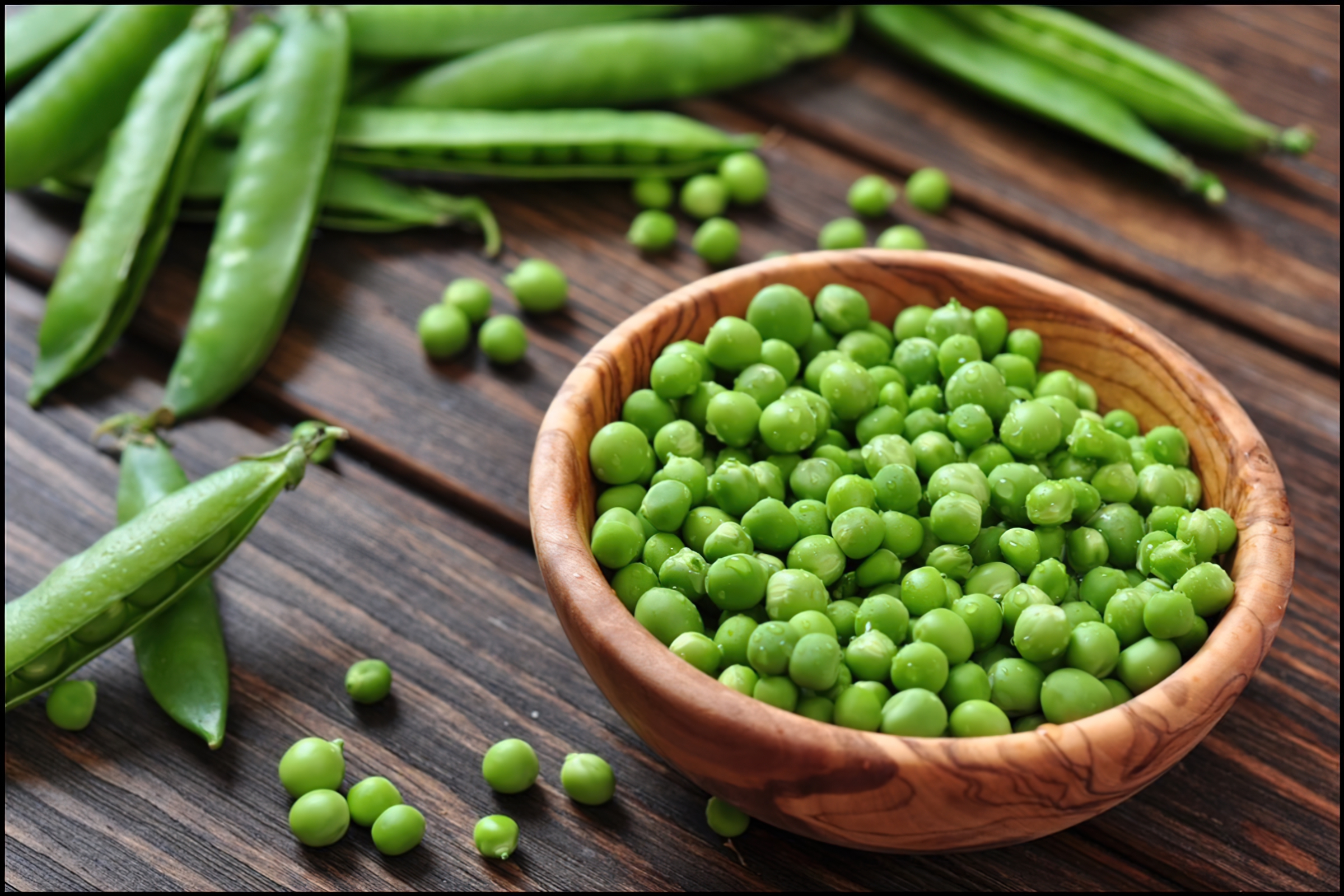
CREATOR: gd-jpeg v1.0 (using IJG JPEG v80), quality = 90
Green peas are not only rich in protein but also vitamins and minerals. Add them to pasta dishes, stir-fries, or blend them into a creamy soup for a nutrient-dense meal.
Conclusion: Embrace Plant-Based Proteins for a Healthy Lifestyle
Incorporating plant-based protein sources into your diet doesn’t have to be challenging. By using the seven protein sources outlined in this article, you can create a variety of delicious and nutritious meals that will keep you feeling full and energized. These plant-based options not only provide protein but also offer a range of vitamins, minerals, and fiber, contributing to overall health and well-being.
Experiment with different combinations and flavors to find your favorite plant-based protein dishes. For example, you can create unique grain bowls by mixing quinoa, legumes, and a variety of vegetables, topped with a flavorful dressing. Or, try making homemade veggie burgers using a blend of beans, nuts, and seeds for a satisfying and protein-rich meal.
Don’t be afraid to get creative with your plant-based protein sources. Swap out animal proteins in your favorite recipes with plant-based alternatives to discover new tastes and textures. As you explore the world of plant-based cooking, you’ll not only improve your health but also expand your culinary horizons.
Remember, a well-rounded plant-based diet can provide all the essential nutrients your body needs. By embracing plant-based proteins, you’re taking a step toward a healthier, more sustainable lifestyle while enjoying a delicious variety of foods.

